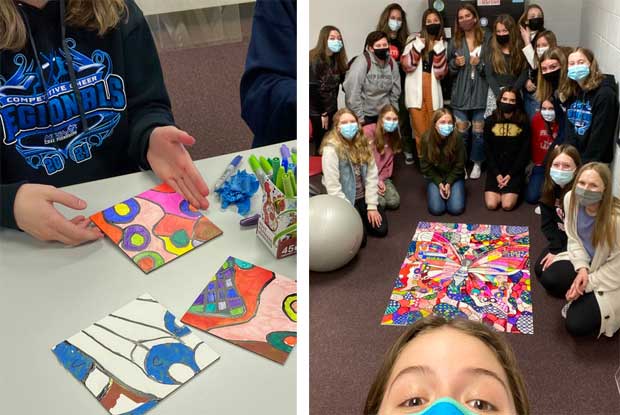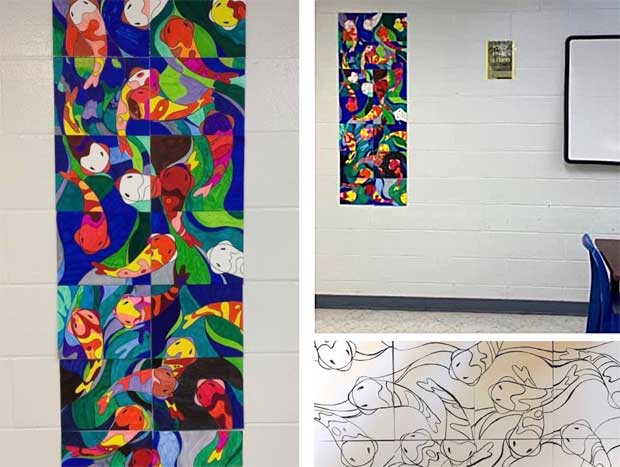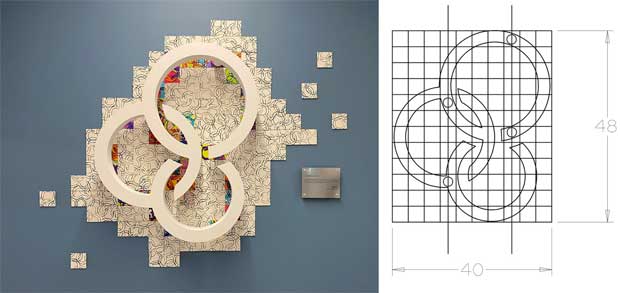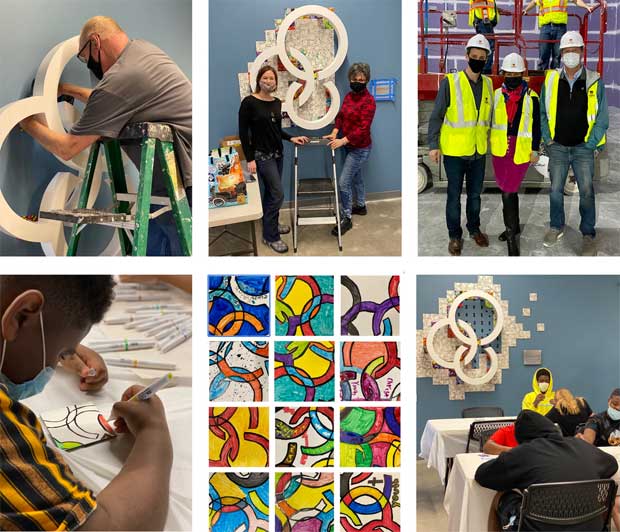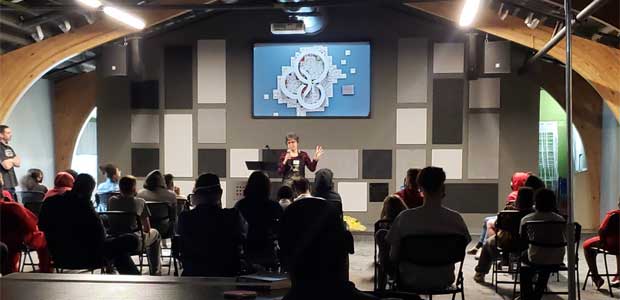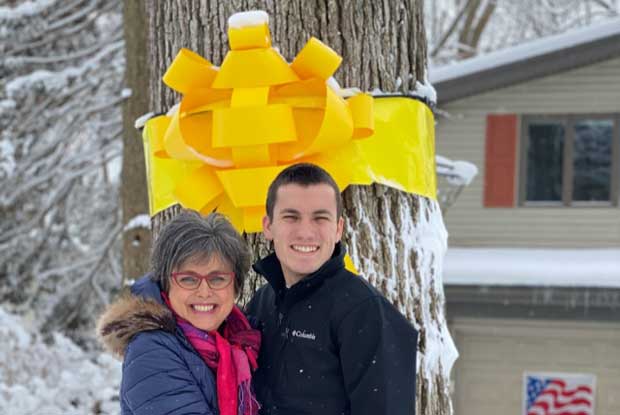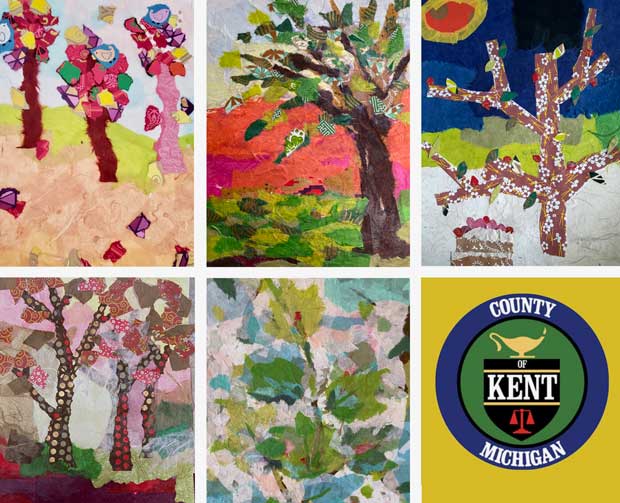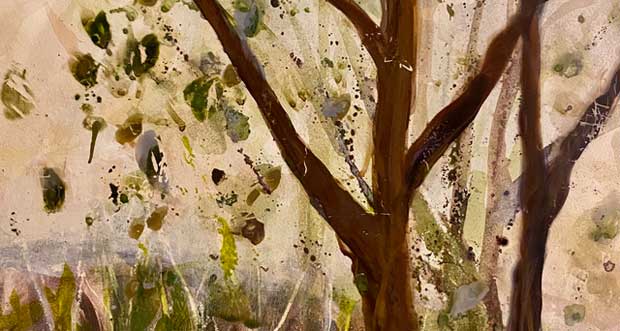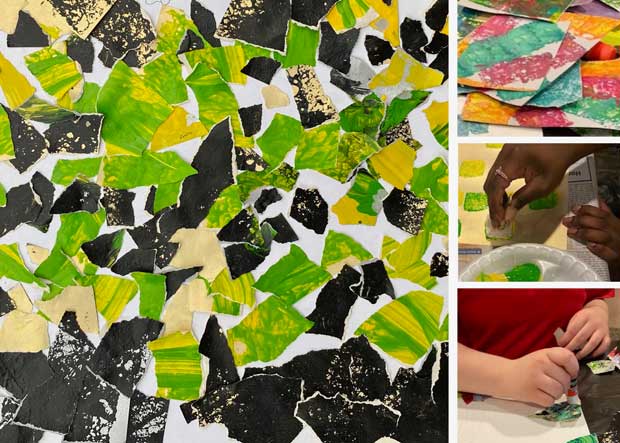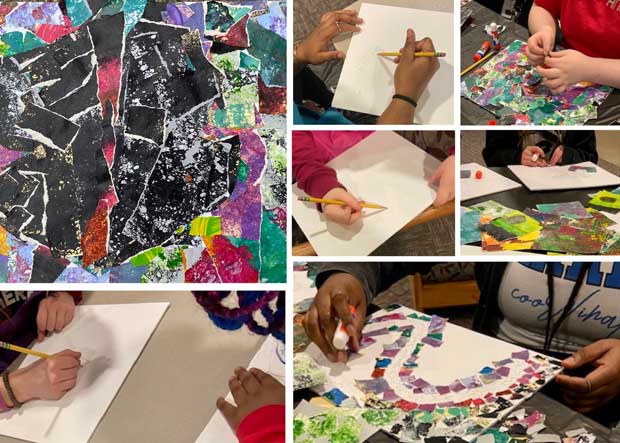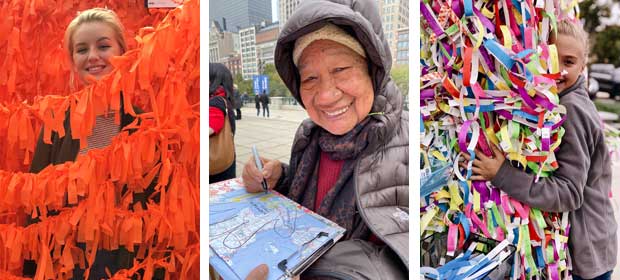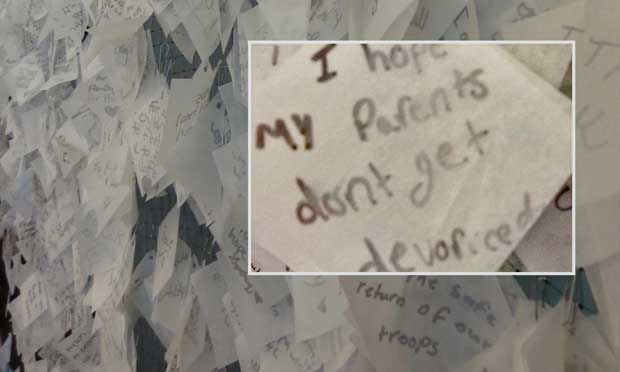
Divorce may be easy to obtain, but it wasn’t always that way. In 1979, Michigan’s law stated that a couple needed to wait a year before obtaining a divorce. Why? Because even the state recognized that everyone benefited when families stayed together. Plus, divorce always incurs a cost, though I’m not talking about dollars.
A new friend recently asked if I would write a letter from a kid’s perspective on divorce, because he and his wife separated. Before I share my thoughts, I’d like to say that as an adult, I understand some marriages struggle with gigantic issues. Several times throughout my own marriage, I have pondered the late Ruth Graham’s words: “Divorce never! But murder…maybe.” Staying married is not always the easiest choice.
My parents ended their marriage in 1979, when divorce in America happened less frequently. Couples still struggled through their issues, but somehow they usually stayed together. As a whole, children often experienced a greater sense of stability because their parents managed to stay married.
A few of my dear friends and family members have suffered through very painful divorces. I respect their decisions. But that being said, I would urge every couple to carefully consider how divorce might affect their children before signing the papers. If you think your kids won’t pay a price, please think again.
Dear Mindy,
Your husband asked me to write this letter, since you are considering a divorce. While I don’t know any details about your marriage, other than that you have children, I humbly write this letter for the sake of your kids.
My parents separated for a period during my middle school years. Because of the stress, my slim, athletic body gained an extra twenty-five pounds in nine months. For the next few years, I struggled with an eating disorder induced by my overwhelming anxiety.
I remember crying every night, praying that my parents would get back together. My dad returned home for a few years. But when I turned 19, my parents permanently split up. To deal with the grief and stress, my eating disorder downgraded, for a period, to bulimia. I struggled with a deep sense of loneliness and suicidal thoughts. I kept asking my parents, “Why did you get a divorce?” It would be a couple more years until I received some answers, which didn’t make things any easier.
Though God helped me navigate those pain-filled years, I wouldn’t wish divorce on my greatest enemy. In a nutshell: Divorce sucks, especially for the kids!
Eventually, years later, both of my parents remarried other people. Just because of the nature of remarriage, the new spouse gained priority status—understandably. But the kids and grandkids could, at times, take what felt like a much lower second place. I thank God that my parents didn’t remarry until years later. As an adult, I could manage my own involvement in those new marriages; young children, though, don’t have the same choice.
The consequences of divorce can last for decades. I struggled with insecurity and fear in the early years of my own marriage. Though my parents divorced over forty years ago, my children and grandchildren still feel the cost. Sadly, every holiday, wedding, or funeral brings back memories of the divorce, because divorce still affects our family relationships every time we gather.
Mindy, if you’re still reading this letter, I implore you to carefully consider how divorce might affect your children and future grandchildren. It’s easy to control young children, but they won’t be untouched. When they grow up, they will make decisions because of your divorce that might inadvertently hurt you. I left my home state, Michigan, because of my parent’s divorce, and moved to California to start a new life. At the very least, your relationship with your children might never be the same.
I have no doubt your hurt is very real. But I humbly ask this: what would it take for you and your husband to reconcile? Would you be willing to give your marriage a second try? Even though we have never met, I would implore you to reconsider your marriage promise—for better or for worse—if for no other reason than for the sake of your children.
Respectfully,
Pamela, a fellow struggler
